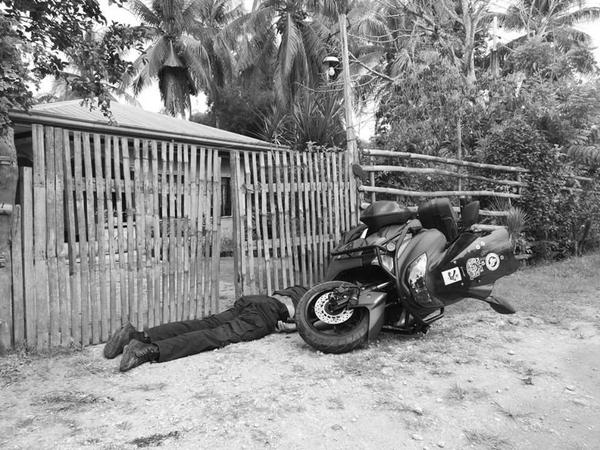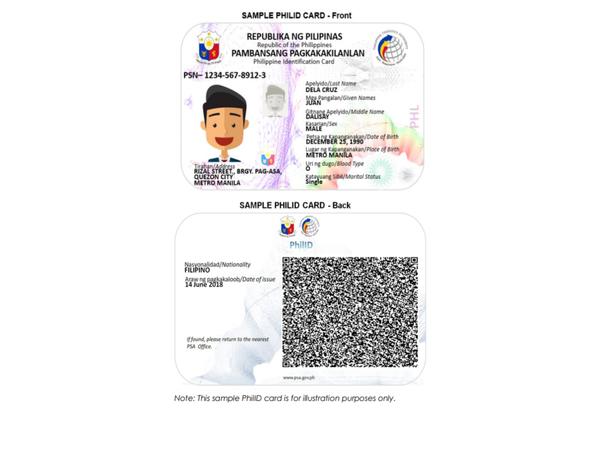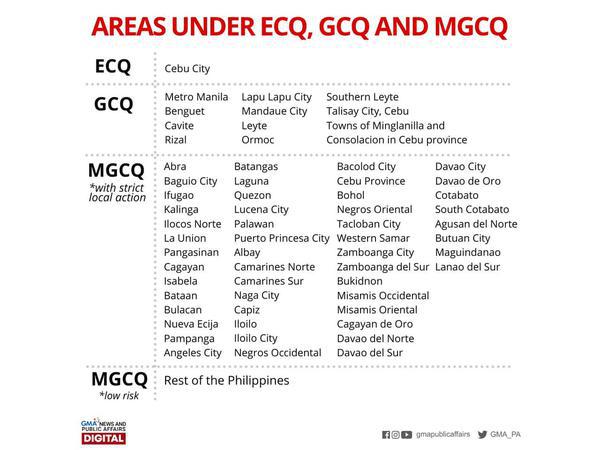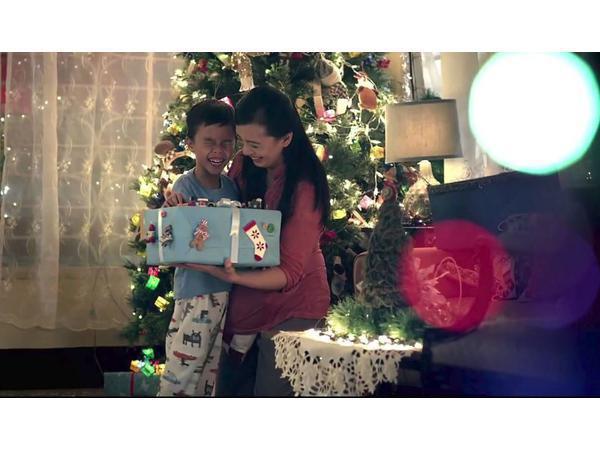Hail the Pungko-pungko: The Savior of Cash-Strapped Cebuanos
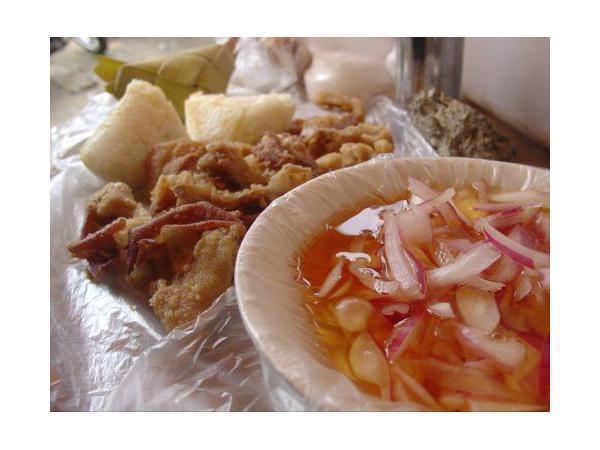
Natives of Cebu, or those who have been cash-strapped students at some point in their lives anyway, are familiar with the pungko-pungko.
Students (and even workers) on a budget still flock to these mobile food sources -- although sometimes they are in fixed locations. Posh Cebuanos probably don't get what we're talking about here (or do they?)
Why is it named pungko-pungko?
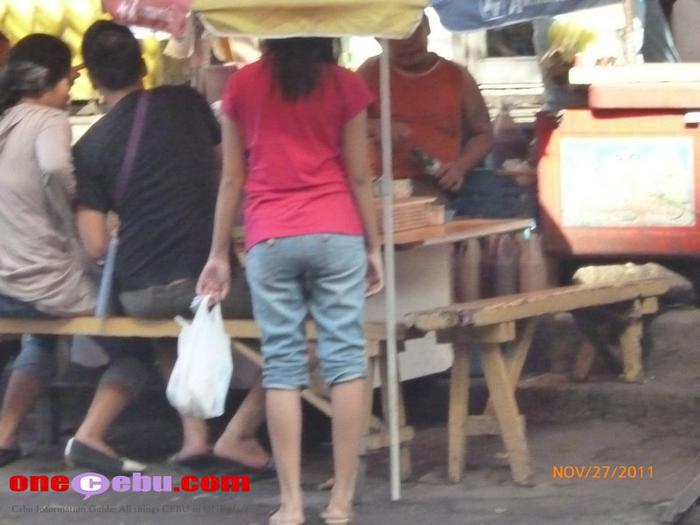
Taken from the Cebuano word “pungko”, meaning: to sit. The pungko-pungko is not exactly the most sanitary of all Cebuano street foods, nor is it the most comfortable. Originally, pungko-pungko vendors would push their carts all over the city until they find spots where there are potential customers -- read: students or workers on a budget. Along with the variety of affordable food, their carts also hoists small chairs (think: chairs for toddlers type), and a foldable table, which allows their customers to sit while they eat.
How do you eat?
The pungko-pungko requires you to sit in a tiny (probably ¼ of your butt can comfortably fit) wooden bench (or plastic chairs) and eat around a small, rectangular table with a bunch of strangers. Yes, there is only one table. You will be given a plastic wrapper to use as a glove and a cup of vinegar with garlic, onions and chili. You will also be given a plastic or paper plate. The food are all placed in the middle of the table. All you have to do is grab the foods you want and eat them on your plate. People don’t usually ask strangers to pass them this dish or that, so be ready to get up just to reach for something. Don’t worry, with the pungko-pungko setup, that kind of behavior is not exactly considered rude.
What dishes are served here?
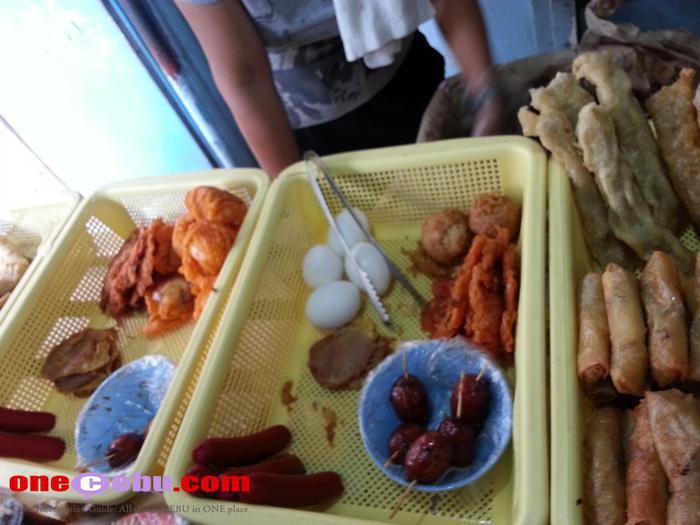
The pungko-pungko fare is usually made up of spring rolls (stuffed with bean sprouts, no meat), longganisa (pork), luncheon meat and puso (rice wrapped in banana leaves). To add a dash of flavor to these dishes, a cup of vinegar with garlic, onions and chili are served for you to dip your foods into.
Honesty is key
The most important thing here is to keep count of which foods you ate and the quantity of those foods. The attendants won’t ask you to pay upfront, but they will ask you, after you had your fill, how many of which dishes you had. Be honest. These pungko-pungko owners don’t make that much so conscience dictates that you be honest.
Some pungko-pungko stalls also sell sodas and juices. Ask them if they do sell these.
The pungko-pungko is most popular among students and the minimum wage earners, for obvious reasons. The prices are amazingly CHEAP! For Php 5.00, you can get one spring roll. For Php 20, you can get yourself stuffed with a bunch of puso and luncheon meat slices.

